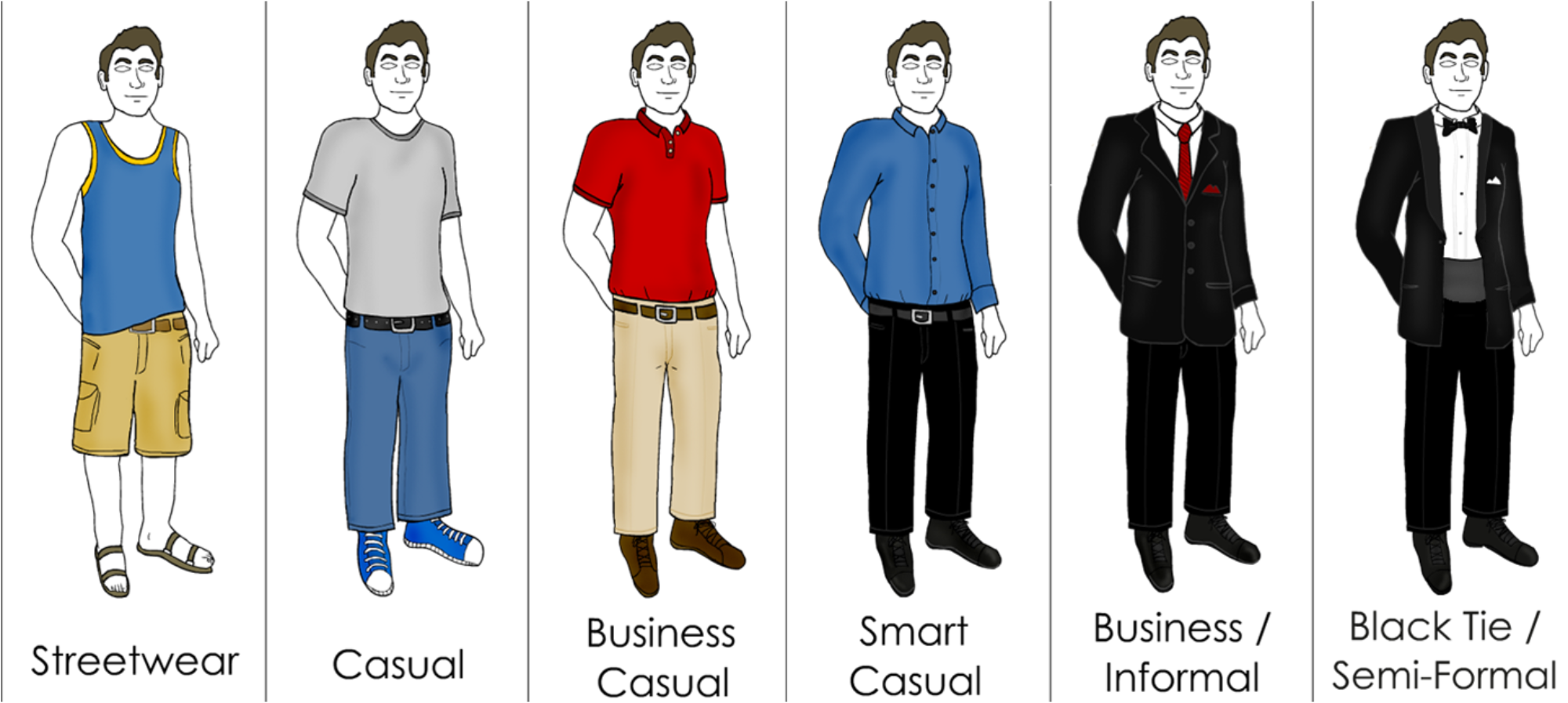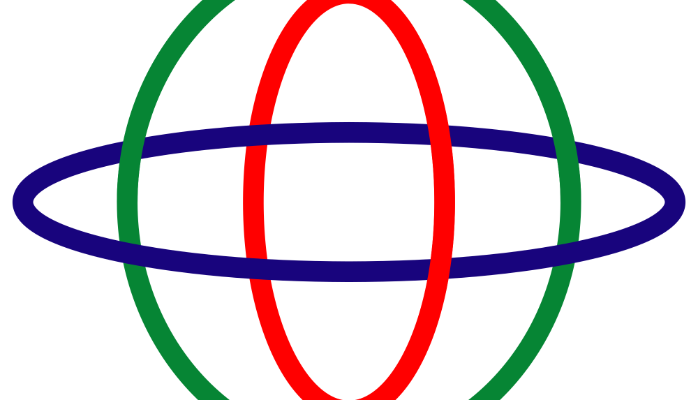A CV is formal wear. LinkedIn is smart casual. Have both in your wardrobe.
I’ve recently read blogs stating you should burn your CV and only use LinkedIn. It’s an inane premise, but seems to be gathering steam nonetheless. Time to set it straight.
Both are now necessary when building one’s career and profile. Both are quite different. No one dresses in the same style wherever they go, nor would anyone today think to market themselves or fashion a career one way. That’s sophomoric, to be polite.
Herewith are some differences and similarities, so you’ll be able to slip on the right jacket with the right crowd and gain more traction.
A CV is haiku. LinkedIn is a short story.
CV’s are, on average, 2-3 pages of which to paint your career history, making each word count. Repetitive phrases, present for past particples, bullet points of function rather than achievement, tightly knotted paragraphs, using the First Person–all are verbotten. The CV has a well-worn formality to it. Like a nicely stitched suit, you should appreciate fashion which has not yet gone out of style, and how to slip it on when necessary. Be comfortable pulling it together, from the shirt to the links, the shoes to the socks, part of your repertoire.
So, appreciate that rather predictable format of a CV, and putting on your imprint. Know the patterns- of summarising skills, burnishing greatest strengths, delineating function and achievement, measuring quantifiable successes, and showing certain personal interests. It must be succinct, as Joe Friday (if you remember Dragnet) would say, ” Just the facts, Ma’am, just the facts.’ Within those facts you certainly can have a visible style, on paper or pdf.
A CV is private. LinkedIn is public.
LinkedIn is social, obviously. Pictures, slideshows, videos; interactive content is perfectly acceptable. LinkedIn is more informal, thus the structure of a CV looks out of place on LinkedIn-or vice versa. (When someone has cut and pasted their CV onto their LinkedIn profile, it shows either laziness or obtuseness). I’ve had people email their interest in a job, and proceed to tell me to look at their LinkedIn profile if I want to know more.
LinkedIn is a colour movie with comments, recommendations, templates and action verbs to use. Anyone can read your LI profile, so best to not give away too much detail, but enough to make sure anyone knows what you do, with élan.
A CV requires time and reflection. LinkedIn can be done more quickly.
Recruiters ask for a CV after having looked at the LinkedIn profile. Why? Because the CV is how you present professionally, analogous to physical presence. Are you clear, well prepared, neat, cogent, self-aware, humble as well as confident? If written well, all of that comes through, compellingly. That process is not easily done using LinkedIn templates or verbage.
A CV is the main course. LinkedIn is the appetiser.
LinkedIn is driven by SEO, and there are ways to ensure that you have the right words that can be noticed and aggragated. There are a number of ways to increase ‘hits’ onto your profile by having the right picture, compelling headline, joining various groups, blogging. Here is one article, and here is another.
No pictures needed for a CV, nor attention grabbing headlines, nor recommendations. It is about you and your career, full stop. It is personal, more detailed with successes, subdued with some braggadocio, and has your imprimatur all over.
A CV is active; you have to send it out. LinkedIn is passive; you wait to be contacted.
Have both ready, keep both updated, but do not mistake one for the other, that’s all.
For those who give short shrift to the merits of a well thought out and reflective CV, you’re wrong. And for those with a paucity of information on LinkedIn, reconsider the importance of your professional on-line profile,as only a CV is insufficient.
Neal Horwitz is an Asian based career management coach, and the author of The Art of The Smart, How to Steer Your Career.
The book can be purchased on Amazon here













